If you’re wondering, “what are the most famous Indian chiefs and American warriors?” you’re not alone. There are many Native American tribes with longstanding traditions. Here are some of the most famous Native American warriors and Indian chiefs. All of these were capable of achieving incredible feats.
Sitting Bull Lakota
You may have heard about Sitting Bull, the Hunkpapa Lakota leader who led his people during years of resistance against the United States government’s policies. But who was Sitting Bull, and what was his role in history? There is little known about this American Indian, but he’s a fascinating historical figure who has received little recognition.
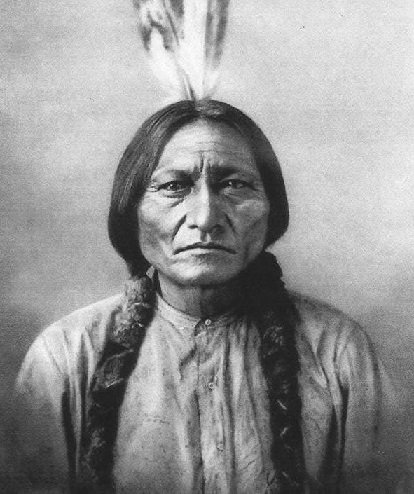
You may also like: Top 10 Native American Tribes In The United States
Sitting Bull Lakota was a boy when he first encountered the U.S. Army. He advocated against the U.S. government for the non-surrender of the traditional lands, and he encouraged his former enemies to oppose allotments for a reservation. The army was after the Santee Sioux, a group of Dakotas. This sparked the Minnesota Uprising, resulting in the arrest of over 300 Sioux. As a result, his legacy lives on today.
Crazy Horse
The Oglala, or White Buffalo, tribes were known for their fierce fighting skills. Crazy Horse was no exception, displaying fierce bravery and great strength. The Oglala Lakota tribe was known for their fierce warriors, and Crazy Horse was no different. Born in Rapid Creek, the Oglala named their warrior after him. In 1876, he led his team to victory at the Battle of Little Bighorn.
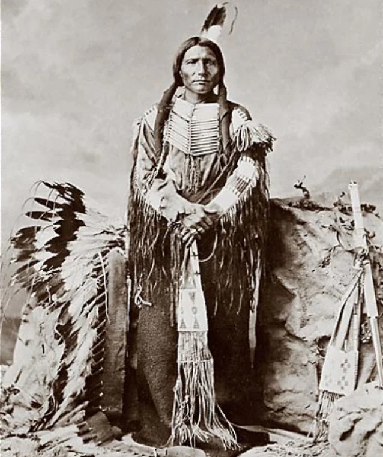
His courage and tenacity helped Crazy Horse reach the majority of the Oglala. As a young man, Crazy Horse had already proved himself in Indian wars and had saved many lives. While he did not have much charisma or the ability to speak in public, his personality made him influential to many. He had never fought whites before, so his victory did not constitute a coup. However, the sacrifice of his life for his tribe helped his people in war.
Red Cloud Lakota
A person with a passion for history might be interested in the life of the Red Cloud Lakota. This legendary Native American was one of the most formidable opponents the United States Army faced when they seized the western territories. During the 1868-1879 War, Red Cloud Lakota’s people resisted the forces of the United States Army with unwavering spirit.
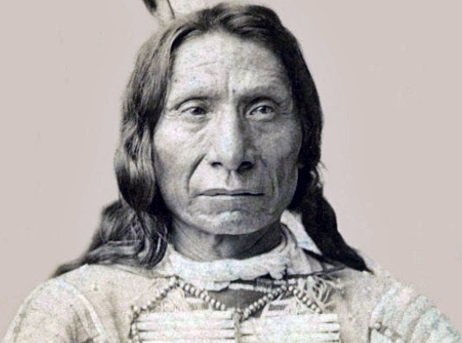
You may also like: 20 Most Famous Native American Actors
Although Red Cloud did not fight in the 1876 war, he helped keep the peace at Fort Laramie. He tried to gain concessions by ensuring that the Lakota lived in peace with the whites. Nevertheless, his peacekeeping efforts were met with suspicion, and he was later accused of duplicity by various reform groups. He had a significant impact on the fate of the Indians in the 1870s and was a thorn on the side of peace policymakers.
Geronimo
As a part of the Chiricahua people, Geronimo represented the values of his Apache tribe. His aggression and courage in the face of adversity were traits that inspired fear in settlers. Because the Chiricahuas were migratory, they followed the seasons and hunted and farmed. In the winter, the food supply was so limited that they resorted to raids on neighboring tribes, a tactic considered honorable in that area.

It is interesting to note that the renowned Apache leader did not live in the United States but was taken to Washington, DC. While under guard, he met President Theodore Roosevelt and asked for permission to return to his native land. The President denied his request, and the infamous Apache was eventually put to death by pneumonia.
Cochise
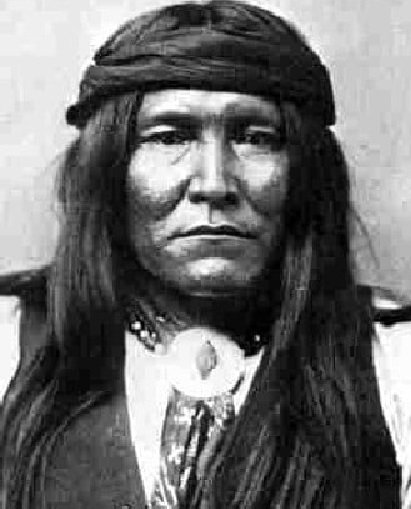
Chief Cochise operated from the Cochise Stronghold in the Dragoon Mountains. Despite his incredible abilities as a leader and strategist, Cochise eventually died on the newly formed Chiricahua reservation in 1874. His son then succeeded him as chief. The fabled Apache chief Cochise knew his time was short. He could feel the coals in his belly, and his fire-like consciousness was felt when he drank a brew called tiswin. His mystical experiences were beyond the scope of the medicine men.
Chief Joseph
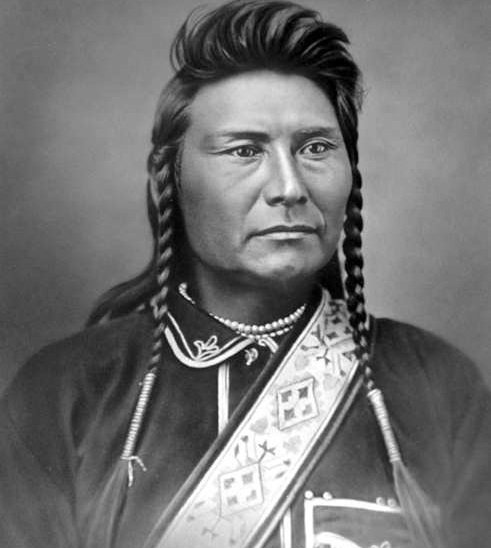
You may also like: 10 Most Famous Native American Models
In 1840, Chief Joseph was born in a cave on Joseph Creek, a tributary of the Grand Ronde River in the northeastern part of Oregon. Although Joseph did not get much recognition, his life and legacy are still remembered today. His name is etched into history by the Nez Perce tribe. In 1877, Joseph led the Cherokee tribe from June to October. His leadership style made him a popular figure with both white and native audiences. As a result, he aimed to bridge the gap between the races. The film I Will Fight No More Forever tells his story.
Benito Juarez

Born in 1806 in the southern state of Oaxaca, Mexico, Benito Juarez was orphaned at the age of three. During his four-year reign, Juarez was elected President, and he began building schools and railroads. He also slashed the military budget and stripped the Church of large landholdings. He enacted a number of other reforms, such as ending the practice of special legal privileges for the rich and the powerful. However, he could not help Mexico’s political instability.
Tecumseh
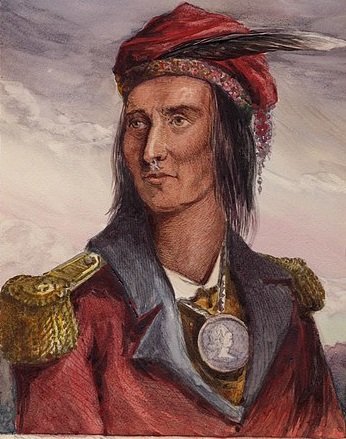
Born in 1768 in Ohio Country, Tecumseh’s ancestors reunified their tribes in Ohio Country. A powerful warrior and chief of the Shawnee tribe, Tecumseh promoted resistance against United States expansion. He was a highly persuasive orator and traveled extensively. He forged a confederation of Native American tribes to combat the newcomers. While living among the Shawnee, Tecumseh also worked toward inter-tribal unity.
Adam Castillo
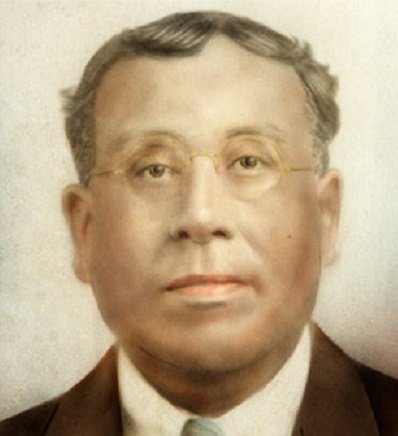
Adam Castillo, a Cahuilla Indian, was President of the Mission Indian Federation in the early 1900s. He knew the dialect well and was a consultant to J.P. Harrington on a project to decipher four Cahuilla words. In addition to his research and writing, Dr. Castillo was also a lecturer and instructor on Native American history, particularly the Spanish colonization of the California region. He was born on the San Jacinto Reservation and died on December 24, 1953.
Charles Curtis
Native American activist and author Charles Curtis Kaw was born in 1860 in the Kansas Territory. He was the fourth person from an Indigenous nation to be elected to the House of Representatives. His mother’s side of the family is Kansa, Osage, and Potawatomi, while his father was entirely British. Curtis grew up in the Kaw reservation and attended Topeka High School, where he studied law.
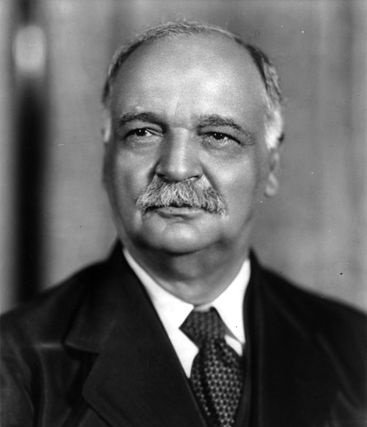
As a member of Congress, Curtis was an active political figure, appearing on three covers of Time magazine. As Vice President, he was also a frequent visitor to racetracks in Maryland. He was present at Gallant Fox’s 1930 Preakness and Arlington Classic victories. Sadly, Curtis died of a heart attack in 1936 and was buried beside his wife. He will be remembered for his role in politics.
Captain Jack
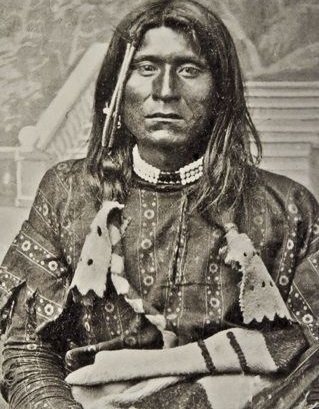
The Modocs were the largest native group in North America. Captain Jack Modoc was the son of a Modoc chief. He wore a blue military jacket with brass buttons and led a group of fifty warriors to resist being removed from their ancestral lands. However, his advisers misunderstood Modoc culture and hoped that peace talks would end the conflict peacefully. He entered negotiations with a Federal peace commission. However, during the talks, the Modoc hawks gained influence and dressed Jack up as a Modoc woman. Ultimately, Captain Jack agreed to their plan, and the Peace Commission was chaired by General Edward Canby.
Anna Prieto Sandoval
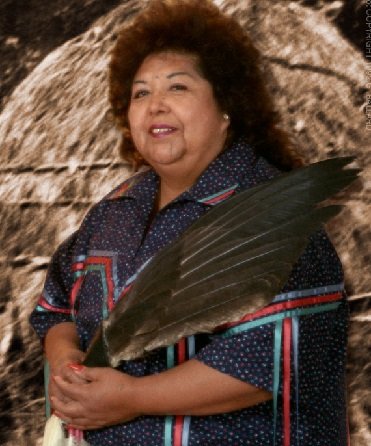
A native of the Sycuan Indian tribe, Anna Prieto-Sandoval’s career as chief of the Sycuan Band, was noteworthy. Anna Prieto-Sandoval was a Kumeyaay leader who served as the President of the Sycuan Band of Indians in southern California. She helped her people integrate into the mainstream by leading them into the world of affluence. She followed in the footsteps of her ancestors by following her family traditions. She was deeply rooted in her culture and cherished her kinship.
Chief Dan George
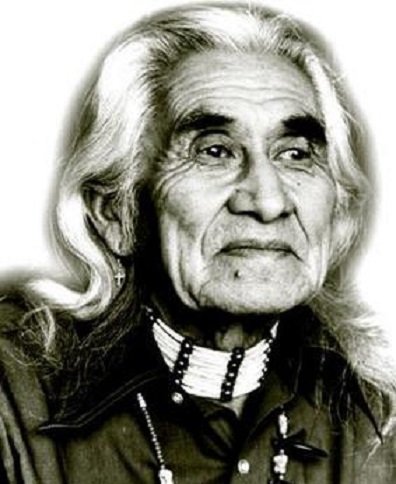
Born on July 24, 1899, Dan George was a member of the Tsleil-Wautuh First Nation and was the son of the late Chief Dan George. Known for his work as a writer, poet, and actor, Chief Dan George Tsleil-Wututh was a famous Native Canadian. He is remembered for his stirring speech “Lament for Confederation,” delivered at the 1967 Canadian Centennial celebrations in Empire Stadium. This stirring piece of political activism launched native political activism across British Columbia.
Richard Milanovich
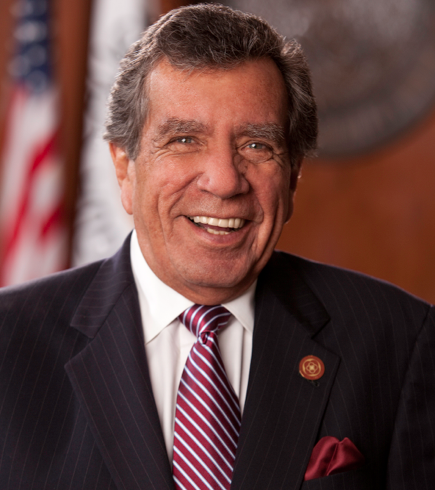
The late Tribal Chairman of the Agua Caliente Band of Cahuilla Indians, Richard Milanovich, demonstrated the character of true greatness. From his struggles with the federal government to his leadership of a thriving business, he has earned the admiration of the entire nation. His leadership helped bring about a new age of wealth for Native Americans and the tribe. For over three decades, he guided the Agua Caliente tribe, helping them go from poverty to casino-funded wealth.
Black Hoof Shawnee
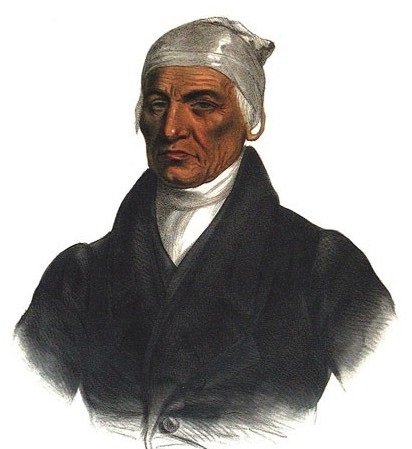
Black Hoof was the leader of a band of Shawnee in northwest Ohio and northeast Indiana who believed that fighting the Americans was futile. He was part of the Shawnee delegation that met with the Creeks and Cherokees in 1792 and 1793, and during their stay in Washington, he petitioned Congress to confirm his title to the tract. He died in 1831 and is buried near St. John’s, Ohio.
THESE ARE THE REAL PEOPLE THAT FOUNDED THIS COUNTRY THE ONLY REAL AMERICANS TRUE PEOPLE. WE HAVE DIFFERANT COLORED PEOPLE THAT WAS NEVER SHIT ON LIKE THESE PEOPLE
It is very very sad to see all these great Native American heroes are mostly neglected or forgotten in our US history. Their good spirits of fighting for their people’s rights and freedom are truly touching and respected. As a Chinese American, I salute to those who are willing to struggle for the common good and sacrifice their own freedom and lives. Their legends will live on in all the hearts of the people in the world and inspire us to be loving, caring and sacrificial for each other.
This is very true. I know how it feels to try to get treated right. My family is part German, Irish,Italian,Cherok , Sioux . I have always said we all love On the same planet why can’t we just get along. In God’s eyes we are all Brothers and Sisters.